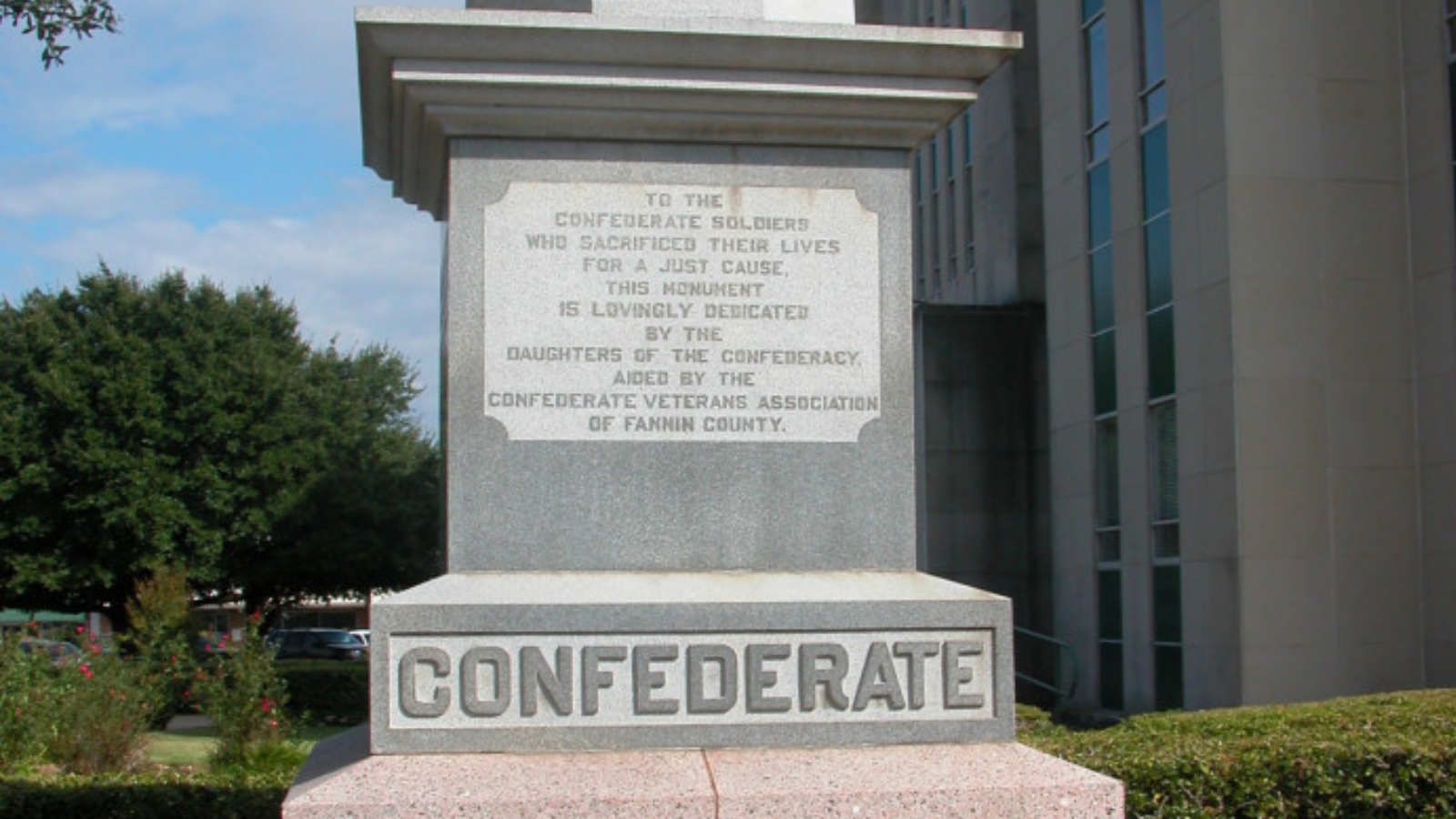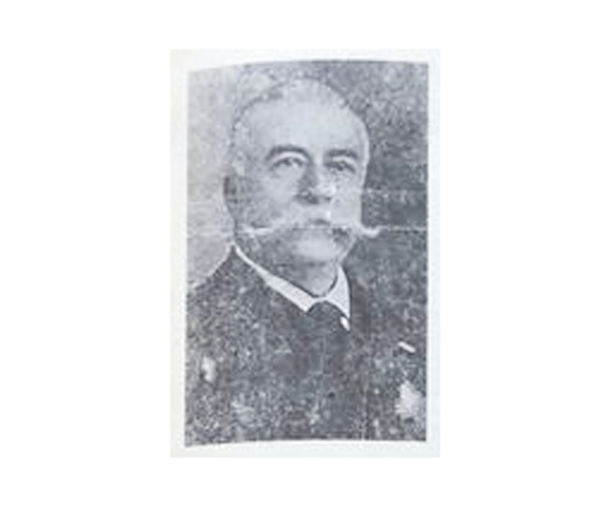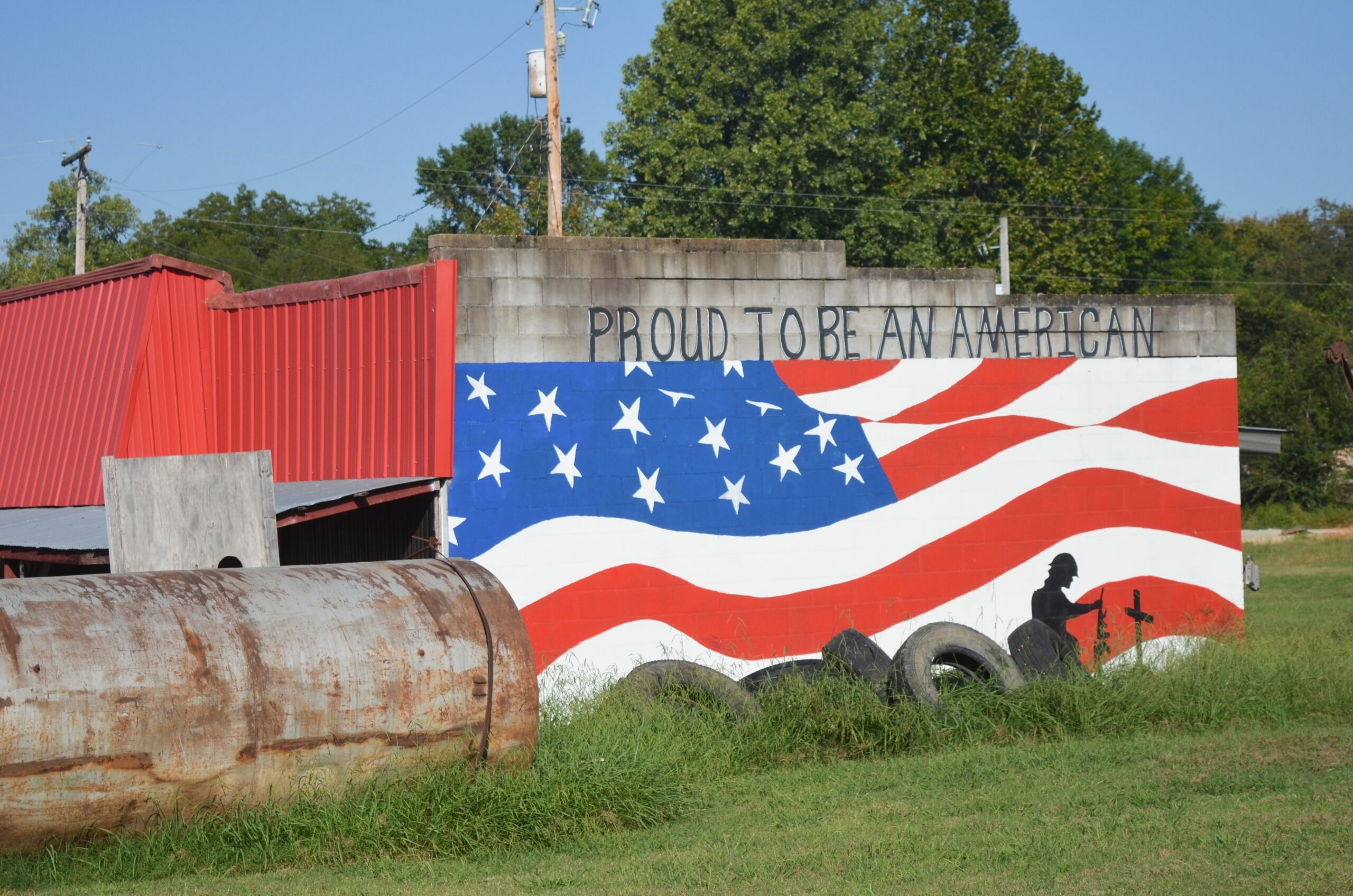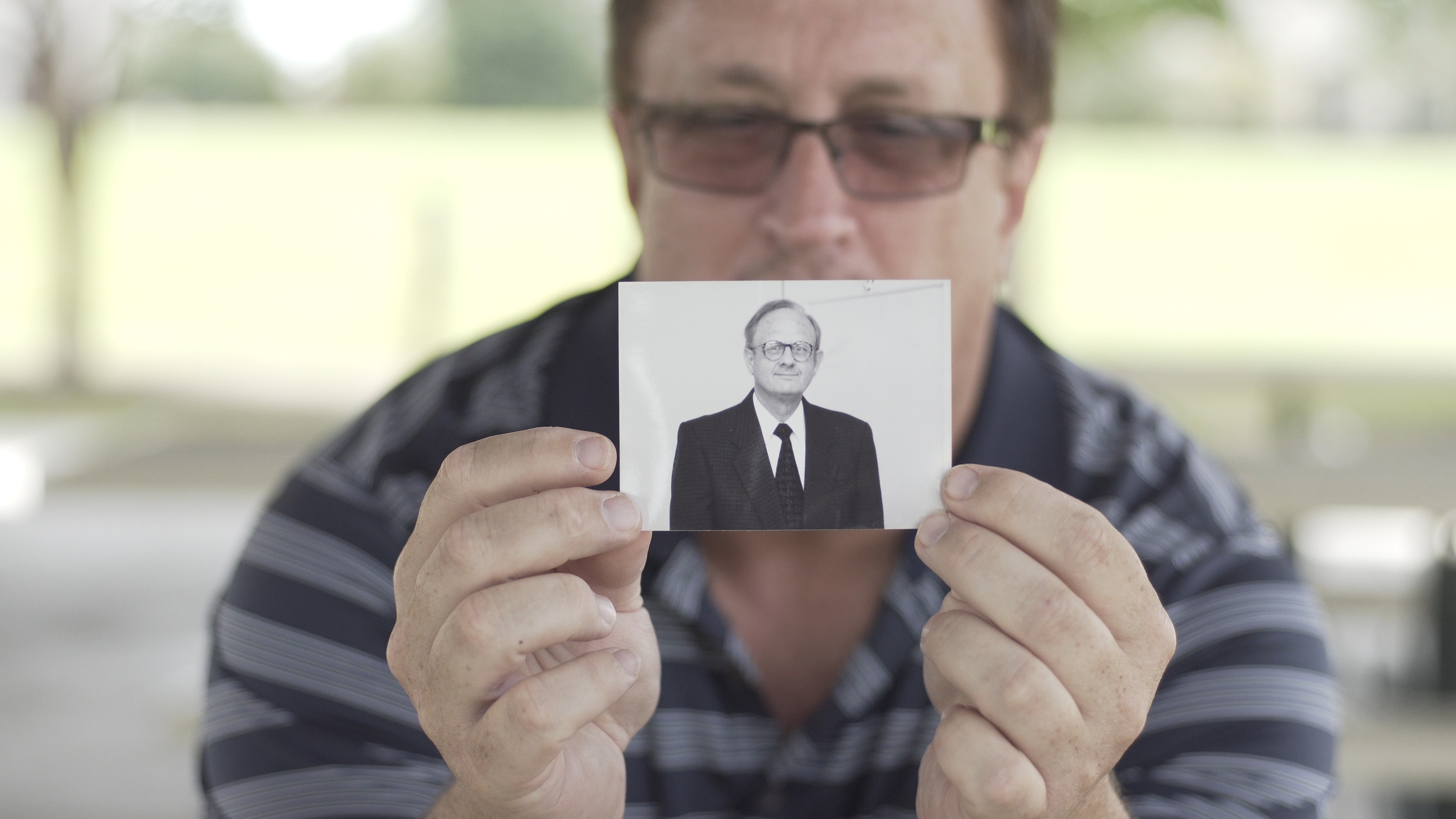
‘Man on Fire’ Searches in Vain for the Truth About Racism in East Texas
The new documentary asks why a minister self-immolated in the town of Grand Saline, but doesn’t uncover any new answers.
On June 23, 2014, 79-year-old retired Methodist minister Charles Moore drove to the parking lot of a Dollar General store in his hometown of Grand Saline, east of Dallas. He paced back and forth, then knelt on a cushion, poured a can of gasoline over his head and set himself on fire.
Moore’s act was as confounding as it was shocking. What could possibly compel a person to end his life in such a horrific way? The makers of Man on Fire, a documentary that premieres on PBS Monday night, look for answers in a letter Moore left on his windshield that day, titled “O GRAND SALINE, REPENT OF YOUR RACISM,” and detailing the town’s racist history. “I will soon be eighty years old and my heart is broken over this,” Moore wrote. “America (and Grand Saline prominently) have never really repented for the atrocities of slavery and its aftermath.” The filmmakers interview Moore’s family and friends and a host of area residents, both black and white, to discern whether his death prompted the town to confront its past.
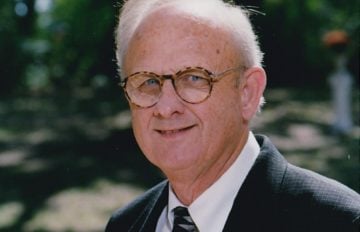
The problem with this approach is that Grand Saline wasn’t the place Moore originally planned to die, and racism wasn’t the only thing troubling him. Viewers who have read Michael Hall’s 2014 Texas Monthly article, also titled “Man on Fire,” and which the film credits as its inspiration, will remember that Moore had planned to kill himself on the campus of Southern Methodist University in Dallas, where he’d attended college and seminary. In fact, he’d driven there on three occasions the week of his death, each time unable to follow through; he shifted his focus to Grand Saline the day before he died. They will know, too, that racism was one of many concerns tormenting the progressive minister: He was also disturbed by the death penalty, economic inequality and the Methodist church’s stance on homosexuality. All had figured into previous suicide letters he’d written in the year before his death, when he struggled with depression and other health problems.
To portray Moore’s death as a response solely to the racism of his hometown, then, is misleading. Producer James Chase Sanchez, who hails from Grand Saline, and director James Fendelman seem to want to use the minister’s suicide as a jumping-off point to explore a small town trying to talk about race. That’s an interesting concept for a film, but it’s a bit unfair to Moore and, for that matter, Grand Saline.
A number of white residents interviewed in the film dismiss the notion that their community harbors racism. “[Moore] wanted people to repent for the racism, but who?” asks a spokesperson for the local chamber of commerce. “Those people, more than likely, aren’t alive. Their children shouldn’t have to pay for what their parents did or their forefathers did.”
What the forefathers actually did is unclear, and the film doesn’t do enough to separate fact from folklore. Locals recount more than one etymology for Grand Saline’s “Pole Town” neighborhood: some say the houses were built out of poles, while others say black people were hung from them. Some area residents remember a sign at the edge of town warning black people to get out before sundown; another man says the sign never existed. The film toggles between these stories, as though implying that the truth can never be found.
But if that’s the case, Man on Fire would benefit from narration explaining that the filmmakers at least tried to find it: Perhaps they reviewed old newspapers or contacted the Equal Justice Initiative, which has documented almost 4,400 lynchings across the country. (While EJI did not confirm lynchings in Van Zandt County, where Grand Saline is located, it documented them in the surrounding counties.) If these efforts could not confirm or disprove the stories, that raises even more interesting questions: Why do these rumors cling so persistently to Grand Saline? What is it about the town that makes those ideas plausible?
Instead of trying to tell Moore’s story as well as Grand Saline’s, the film could have focused its energy on answering these questions. To some residents of Grand Saline, racism is an evil of the past. “What [Moore] did, the message he wants to bring out — that’s honorable,” says the publisher of the local newspaper. “But guess what? We got a black president … The KKK ain’t running up and down these roads no more because they ain’t welcome.”
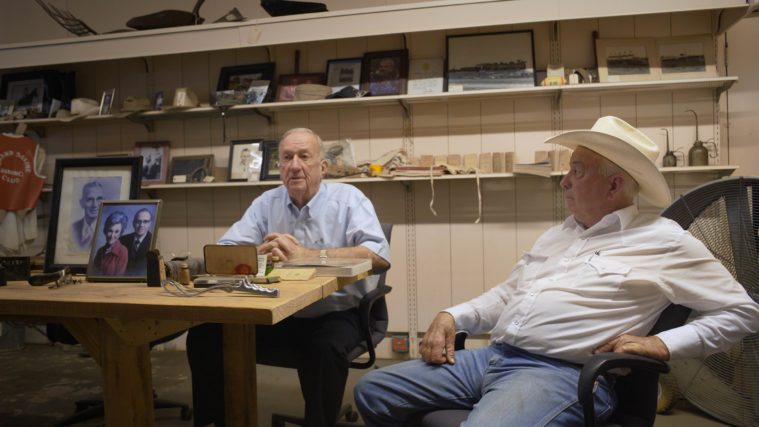
The notion of generational trauma — that the terror and violence inflicted on African Americans in the days when the KKK was welcome might be felt by their descendants — does not seem to be on these locals’ radar. Nor does the idea that today’s white residents likely benefit from opportunities that were available to their ancestors but not to those of black residents. Barack Obama’s presidency did not erase the experiences of the black minister who tells the camera that on trips to Jim Crow-era Tyler, in adjacent Smith County, the only restroom he could use was in the basement of the courthouse. In Grand Saline, the camera captures Confederate flags waving in the breeze and lingers on an emblem of the high school mascot, the “Indian,” wearing a feathered headdress. There’s no shortage of material to interrogate, and these clips, combined with historical research presented by a narrator, would make for a good film — even without Charles Moore.
Moore’s death does not seem to have prompted the community reflection his final letter demands. “He didn’t prove a darn thing to me, and anybody else, except that he was a little tattered in the head,” says a white man in Grand Saline. A black woman in a nearby community is more contemplative. “Here is this person that’s aware of so much, that he would take his own life,” she muses. “But then, on the other hand, I’m thinking, what is the advantage? Will it actually help anything?”
Despite its flaws, Man on Fire seems to be Moore’s best vehicle for posthumously “helping something.”
“Let’s listen to these people that are telling us that we have a problem,” suggests a woman who grew up in Grand Saline, “and really spend some time thinking about it and reflecting on it and educating ourselves on it.”
Suicide always leaves unanswered questions in its wake — this one, perhaps, more than most. Maybe this film will prompt residents to research whether there’s truth in the stories about Grand Saline’s past and, if there’s no hard evidence, consider why they persist. In that scenario, Moore’s horrific death, and a film that paints an incomplete picture of his motivations, might yet be a catalyst for change in one small corner of the world.
Need help? In the United States, call 1-800-273-8255 for the National Suicide Prevention Lifeline.
